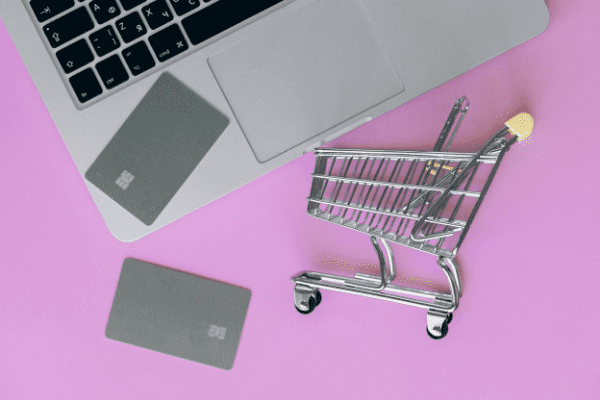‘Tis the season! Or at least it is according to Amazon. Forget about Memorial Day sales, and keep the idea of Black Friday shopping in the back of your mind (for now). Prime Day is coming *cue the Jaws theme song*. Amazon confirmed that the annual shopping event will happen July 12-13.
What does this mean for the legions of retailers who aren’t Amazon? Here’s a hint. Despite inflation, supply chain woes, and lower consumer confidence, it’s actually a good thing—if you know what to expect. While the COVID pandemic threw a bit of a wrench into the typical retail cycles in 2020, last year we saw somewhat of a return to normalcy from pre-pandemic trends. Here’s what retailers can expect over this year’s Prime Day event:
- Conversion rates for paid advertising should improve by 4-6% during the sale
- Overall revenue during Prime Day should increase by 7-10%
- Average order value (cart value) should be up between 3-5%
- Search volume for “prime” terms will begin to increase drastically two days prior to the sale and will peak the final day
Comparing last year to pre-pandemic years, we predict that the overall search volume for prime terms and products will rise considerably. Initial estimates indicate this spike will be between 75% and 100% greater than last year. However, pricing could be the major game-changer.
All indications show that 2022 will be a huge year for audio, particularly Bluetooth speakers and voice-enabled devices. Audio has been a growing category year-over-year, and competition is fierce amongst the manufacturers.
Continued demand for laptops in “work from home” environments and K-12 schools is expected to drive sale volume in technology. Add to that the fact that travel is now in full swing again, and tablets will also likely see a surge. Let’s not forget TVs, too. June typically marks the release of new models. So expect both price cuts on older models and great deals on new tech.
With all of this in mind, clearly not every retailer is in the electronics game, but don’t fret. Generally speaking, people are simply looking for deals, and there’s a strong likelihood that the exact item they’re looking for isn’t a Prime Day deal. Knowing this, here are a few tactics to consider to potentially capture some of this demand.
- Leverage dynamic search. While we typically don’t advocate for full automation, this is one of those instances where for a few days, automation can pay dividends to capture market share.
- Temporarily raise bid caps beginning a few days prior to the sale.
- Loosen ad schedules since active shopping will be occurring earlier and later in the day than during normal retail conditions.
- Adjust daily budgets so that maximum allowable spend can be achieved the two days during the active sale. This is particularly advised if offers are comparable or competitive to Amazon’s.
Finally, and most importantly, pay attention to the trends. Taking advantage of an opportunity in July is nice, but you better believe it’s a litmus test for what you can expect come November.
Happy advertising!









